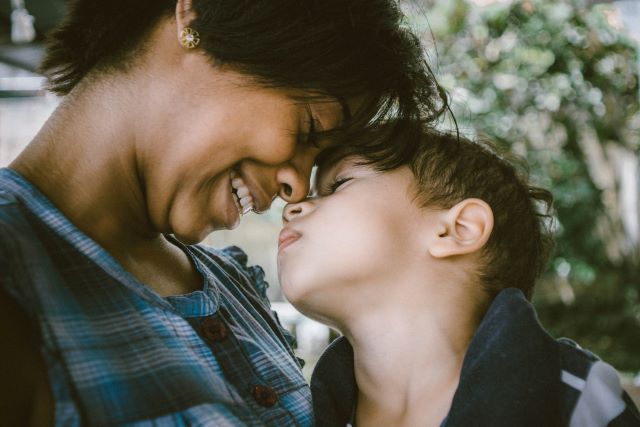How to teach emotion regulation to children

By Janet Perlis and Despina Vassiliou
In the earlier years of a child’s life, we expect them to be prone to tantrums, but as they get older we expect this behaviour to diminish. But some children continue to have a more challenging time modulating and managing their emotions. It is a process that develops and increases across the life span, according to the American Psychological Association.
Now, into our second year in the pandemic, stressors in the environment are high for adults. This is often felt by children, and many are having a hard time managing their emotions. In order to help we propose exploring ARC:
Awareness: Help the child identify what is causing them stress by helping them identify how their body feels as they become stressed. Parents may use the zones of regulation or other similar programs to help their children identify how they are feeling physically and match that to their emotions.
Reduce the reaction: Their reactions may range from resistance (“I don’t want to do chores/clean my room, etc;”) to tiredness/exhaustion (“I am too tired to do anything;”) to apathy (“Why should I do my work? School doesn’t matter;”) to boredom (often a code for sadness) to anger/frustration (often displaced and standing in for anxiety) to numbing out (often via screen time, escaping tediousness, looking for variability.)
So, what can parents do when emotions run strong?
Connect with them to stabilize:
- Hugs: When your child flips her lid, it may be the last thing you want to offer, but it may be the thing she needs the most.
- Mirror neurons in the brain assess the emotional state of the people around her and influence her reactions. A loving composure helps to return her brain to a calm state.
- Positive time out: Before reacting to your misbehaving child, take a few minutes alone to calm down and restore your own brain chemistry. Give yourself time to access your rational brain before dealing with the source of your anger (your child). This can also be taught to your child when he is upset and can’t “talk right now.”
- Solutions: Rather than thinking “what can I do so you’ll learn,” focus on “what can I do to help you succeed with this? What solutions can we come up with together?”
- Apology: If you have flipped your own lid, a sincere apology will reconnect you with your child. Valuable skills can be learned from your modeling: Cooling off, showing self-control, problem-solving, engaging in emotional recovery, and reconnecting after a hurtful situation.
Remember:
- Your child may be trying their best, even if it’s not good enough. It may not be that the child is disobeying.
- They genuinely don’t know what to do as they have not developed the skills yet.
- They need your encouragement and support to get started.
- You are not adversaries – you are on the same team! You need to work together even if this causes a problem.
- Emotional dysregulation is real!
- Finally: Don’t let your fuse get lit, and don’t light your child’s either.
For more tips, refer to Positive Discipline by Dr. Jane Nelsen.
Janet Perlis, M.Ed. and Despina Vassiliou, Ph.D., are psychologists at the English Montreal School Board.









